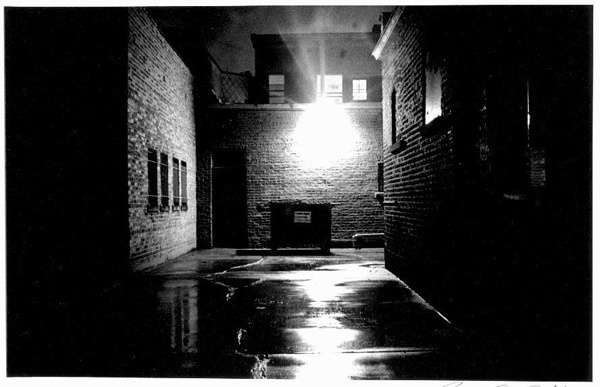Interestingly, the “Cowboys” of Cochise County, Arizona, was a real gang of outlaws operating out of Tombstone, a real town. It’s famous of course because of the legendary gunfight at OK Corral in 1881, between Wyatt Earp and his brothers, and members of that gang, who identified themselves by a red sash worn around the waist.
The Gunfight was October 26, so close enough to election day as to give it even more symbolic bite.
Still considered to be most the most famous law-versus-bad guy shootouts in western history, it’s been done and redone by Hollywood several times, even before talkies. All had marquee stars, Henry Fonda, Burt Lancaster, James Garner and others. Having spent a year at Ft Huachuca, about 20 miles away, in Gerald Ford’s last year, even trying cases in Bisbee, a copper mining town and the old territorial county seat, 12 miles away, I got to spend several nice days just visiting its saloons and other landmarks before it had become turned into a tourist mecca where buses actually went out of their way 50 miles to bring in Japanese tourists. That’s always the final nail in the coffin of any landmark, historical or natural, before it becomes a Coney Island.
My favorite version of the little piece of history was “Tombstone” of 1992, which I first saw at a Saturday matinee in a black neighborhood around the Cincinnati beltway. I was the only white guy there, but a student always, I was taken by all the dads and their kids, and the way they reacted to several scenes…the same way I did as a kid, or my kids the first time they saw Darth Vader walk out in front of the camera.
That alone made it a good film.
And, other than the romance scenes, it was more true to history than most of Hollywood’s renderings.
The “Clanton Gang” of lore really was “the Cowboys” and Ike Clanton was merely one of the gang’s leaders.
Two of the Earps were wounded, Billy Clanton and both McLaury brothers were killed at the OK Corral while Ike Clanton, Billy Claiborne, and Wes Fuller ran from the fight. (Ike more or less started it.)
In fact, Ike Clanton ran from every fair fight he ever encountered. Only when he had back-up did he talk tough.
This is why he reminds me so much of the New York Times, who bullies with words but quivers in its shoes when confronted the steely gaze of unbending resolve. “He means it, boys. Don’t rush him.”

Of course Wyatt and his crew, as a newly appointed federal marshal, cleaned up the county and killed most of the Cowboys. But in truth, Ike did escape to Mexico (just a few miles away) where he was later killed by federales in a cattle rustling event, but his symbolic parting shot in the film was of him fleeing toward the border on his mount, ripping away his red sash as a sign of “You win”, but maybe even a kind of symbolic internal surrender, knowing his criminal days, at least on this side of the border, were over.
I’ve not watched this film in several years, and never with a view of matching the other film characters symbolically to either the good guys or the criminals as the story evolved toward the coming visit from Hell.
I suggest you do so, but I think you’ll agree, Ike Clanton has pretty much got the New York Times role down pat. All I have to do is read their headlines, and all they are doing is littering their retreat with red graffiti.




